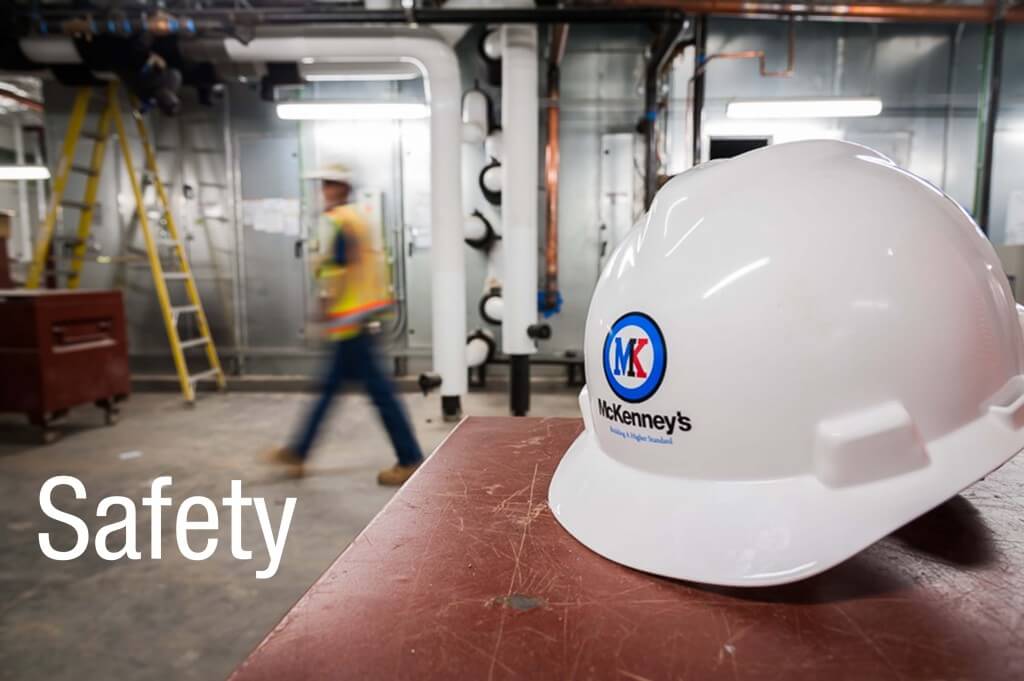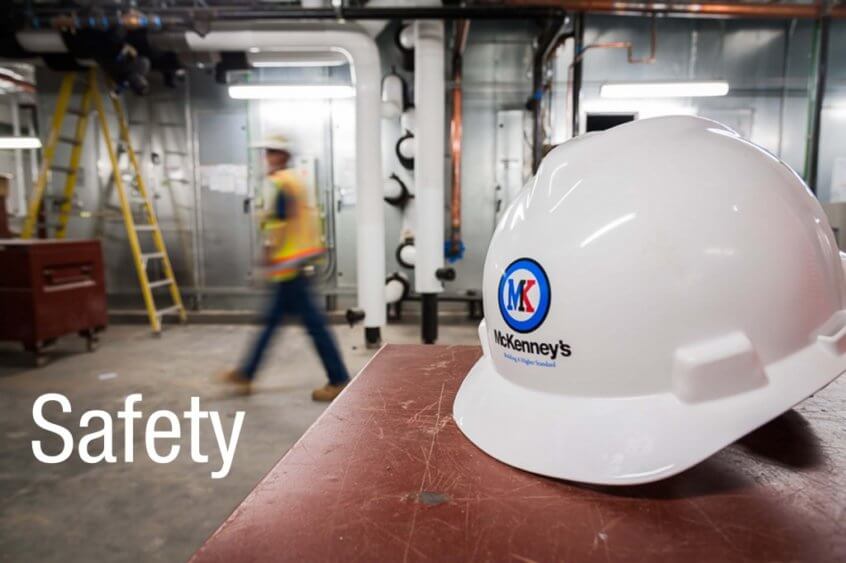
I have extracted some of the content and reprinted in this blog as his message is relevant in the Southeast construction industry due to its fast pace, volume of work and potential competing values.
Keep in mind that many companies have taken great strides on their safety journeys to help ensure everyone goes home the same way that they came into work, but myths still resonate in our industry.
Here are some of the high points from David Castella’s article.
Myth: Workplace Safety Isn’t Worth the Time
This may be the most painful myth. It could not be further from the truth, and it puts employees in danger when the management team believes it. When incidents occur on the job they lead to injuries that adversely affect the company:
- Stoppages reduce productivity.
- An injured employee often incurs workers’ compensation costs.
- Paperwork must be filed for insurance claims, regulatory bodies and internal company audits.
- Workers lose faith in management’s ability to keep them safe.
Fact: Organizations that take the time to implement industry best practices and an effective safety management system significantly reduce injury and illness costs, improve employee morale and boost productivity, according to OSHA.
Myth: There’s No Safe Workplace
Asserting that incidents will always occur on the job is no longer acceptable to employees, customers and investors. Safety management teams must learn from past experiences and implement effective controls to prevent incidents. An addition to building a strong safety culture from the top-down is to have effective injury reporting, tracking and analysis. This will enable the team to gain actionable insights from raw data to find underlying dangers in standard operations.
Fact: Use a two-pronged approach. 1) Continuously check the health of tools, equipment and site conditions 2) Implement a behavior-based safety strategy that seeks to rectify poor decision-making habits held by employees in an effort to promote industry best practices.
Myth: It’s Impossible to Stay Up to Date With Regulatory Changes
With so much going on during the average work day, it can be difficult to keep up with compliance regulations. Organizations that deploy laborers in various industries spanning multiple regulatory bodies have the most strenuous task at hand, but it’s not out of the question. Many OSH management platforms take variables out of the equation by providing up-to-the-minute updates about potential changes, new best practices and other important information that can help a business stay on top of even the most challenging legislation.
Fact: Don’t make it more difficult than it needs to be. Work with a third-party that can provide regular updates about legal developments in your particular industry.
Myth: Employees Don’t Want or Need Training
Everyone is busy, but there’s always time for education on dependable workplace habits. According to Safety + Health, only 1 in 5 new employees receives safety training after joining a company. If a company does not provide training, it is perpetuating a cycle. An employee is injured and a new person comes in, only to be the victim of an incident because s/he did not receive proper guidance. Safety education is essential in keeping workers at all levels harm-free, and it reinforces the idea that an organization values workplace health and wellness.
Fact: Training can’t be abandoned because no one on staff is qualified to teach. One option is to utilize safety management software that provides modern materials that can be used to deliver classes, address best industry practices and inform employees about regulatory changes.
The original blog article was posted in the ASSE Magazine in the July 31, 2017 ASSE blog (http://blog.asse.org/)





